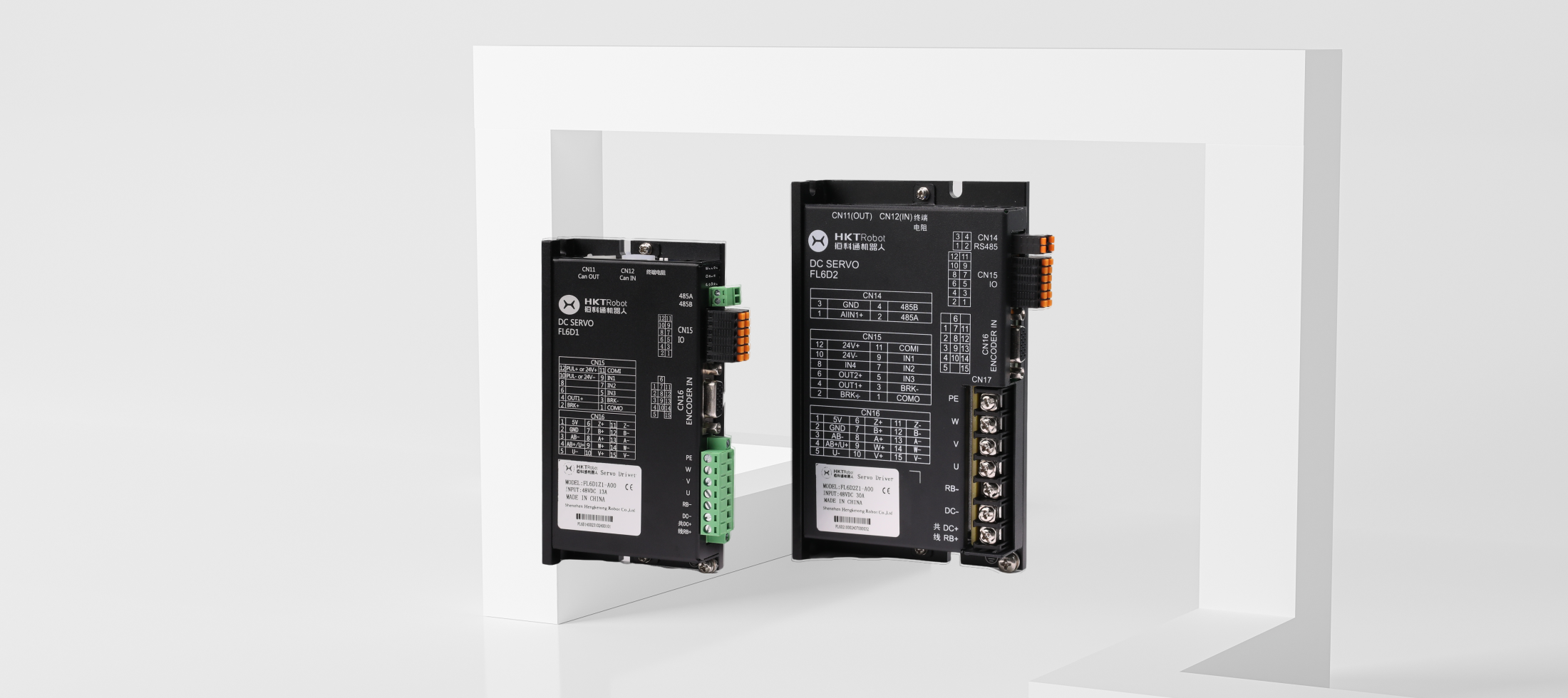Servo driver is the AGV motor controllers which is at the core of modern automation, providing the necessary power and control to a variety of robotic systems. This article explores the performance and advantages of servo drivers, their applications across various industries, and their future developments.
I. Performance and Advantages of Servo Drivers
Servo drivers are designed to offer precise control over motor functions, crucial for applications requiring high accuracy and responsiveness. Key performance features include:
1. Precision Control
Servo drivers enable accurate positioning, speed, and torque control, ensuring that robotic systems operate smoothly and efficiently. This precision is vital in applications like assembly lines and automated machinery.
2. High Efficiency
Modern servo drivers are engineered for energy efficiency, reducing power consumption while maximizing performance. This is particularly beneficial in long-running applications, lowering operational costs.
3. Flexibility
Available in various power ratings—such as 400W, 750W, 1000W, and 1500W—servo drivers can be tailored to specific application needs, making them suitable for a wide range of industrial uses.
4. Integration Capabilities
Servo drivers often support multiple communication protocols, such as CANopen and RS485, allowing for seamless integration into existing systems. This enhances interoperability with other devices and facilitates real-time data exchange.
5. Robustness and Reliability
Designed for demanding environments, modern servo drivers are built to withstand various conditions, ensuring long-term reliability and minimal maintenance.



II. Applications of Servo Drivers in Various Industries
AGV motor controllers find extensive applications across multiple sectors, contributing to efficiency and precision.
1. Manufacturing
- Automated Assembly Lines: Servo drivers control robotic arms that assemble components with high precision, significantly improving production rates and reducing errors.
- Quality Control: Integrated sensors provide feedback to servo drivers, ensuring that products meet quality standards during production.

2. Logistics
- Automated Guided Vehicles (AGV): Servo drivers enable AGVs to navigate complex environments, handling tasks such as sorting and transporting goods efficiently. Their precision enhances routing and reduces operational delays.
- Inventory Management: The integration of servo systems in warehouse robotics allows for accurate inventory tracking and management.

3. Robotics
- Collaborative Robots (Cobots): In environments where humans and robots work together, servo drivers ensure safe and efficient interactions, enhancing productivity.
- Service Robots: From healthcare to hospitality, servo drivers empower robots to perform a variety of tasks with precision and adaptability.
4. Cleaning Robots
- Autonomous Operation: Servo drivers enable cleaning robots to navigate spaces efficiently, adapting to obstacles and ensuring thorough cleaning without human intervention.
- Customizable Cleaning Patterns: The precision offered by servo drivers allows for programmable cleaning routes, optimizing cleaning schedules based on specific needs.
III. Future Developments of Servo Drivers
The future of servo drivers is poised for significant advancements, driven by technological innovations and evolving industry demands.
1. Integration of AI and Machine Learning
As industries increasingly adopt AI technologies, servo drivers will likely incorporate machine learning algorithms for improved decision-making and adaptability, enhancing operational efficiency.
2. Greater Energy Efficiency
With a growing emphasis on sustainability, future servo drivers are expected to further reduce energy consumption while maintaining or increasing performance levels.
3. Enhanced Communication Protocols
As automation systems become more interconnected, the development of advanced communication protocols will allow for faster data exchange and improved system integration.
4. Miniaturization and Cost Reduction
Ongoing advancements in technology will lead to smaller, more affordable servo drivers without compromising on performance, making automation accessible to smaller businesses.
5. Increased Customization
Future servo drivers will likely offer even more customization options, allowing users to tailor their performance specifications to meet unique application requirements.
In conclusion, servo drivers are fundamental to the advancement of automation in various industries. Their performance, versatility, and reliability make them indispensable in modern robotic applications. As technology evolves, the future of servo drivers promises to bring even greater efficiency and innovation, further transforming the landscape of automation.


Share:
Certificate
The Role of Controllers and Drives in AGV Systems